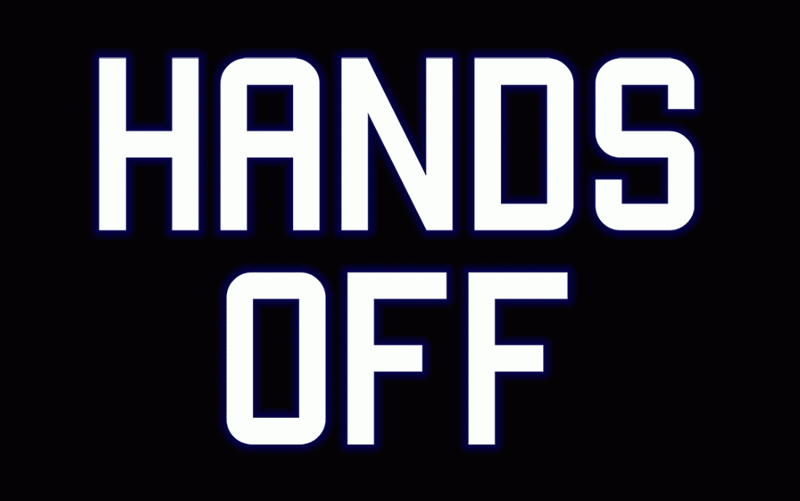This is truly stunning work, deeply affecting, and cuts right to the core. Click over to see much more, and in detail!
Italian illustrator Federico Babina has turned his attention from movies stars and fairy tale characters to the deep emotions felt by those experiencing mental illness. In his new series Archiatric, Babina’s architectural illustrations demonstrate a deep understanding and empathy for sufferers of psychological disorders.
Through 16 drawings, Babina gives visual representation to some of the mental illnesses that affect millions daily. “I don’t want to put a romantic aura around the discomfort and suffering of mental illness,” Babina explains, “but rather to make a reflection on the prejudices and negative stigmas with which the pathologies of the mind are often observed.”
With simple lines and a clear message, the artist quietly and elegantly explores different disorders. Each, placed in a solitary house that could symbolize our mental environments, is delivered with dignity and understanding.
To accompany the work, Babina created a short video with music by composer Elisabet Raspall. As the melody moves, so does each image, animating into its chosen illness. The result is a touching, and sobering, look at mental illness.
Federico Babina: Website | Instagram | Society6
Via My Modern Met.


















